Fall 2024 Artists-in-Residence
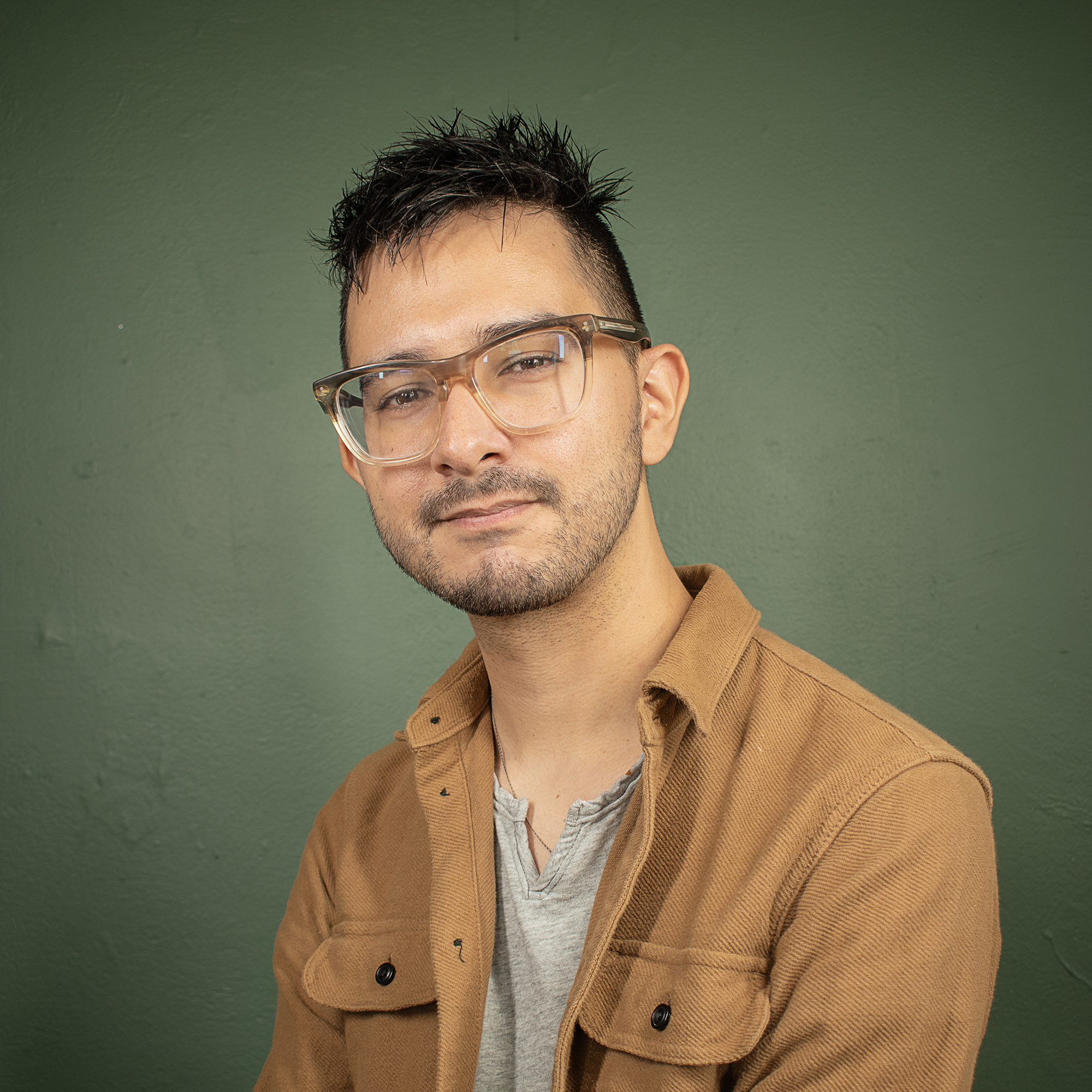
Ruben Castillo - August 5 - 9
Ruben Castillo is a visual artist and educator investigating themes of intimacy, queerness, archival history, and the body using a range of media including print, drawing, installation, sculpture, and video. His most recent imagery draws from photographs and documents, seeing the ordinary as a site for transformative potentials and connections. Castillo’s work has been exhibited both nationally and internationally and has been collected widely, both publicly and privately. In 2023 he received the Charlotte Street Foundation Visual Art Award and was a finalist for the 21C Kansas City Artadia Award. Ruben was born in Dallas, TX, and received his MFA in Visual Art from the University of Kansas and a BFA in Printmaking from the Kansas City Art Institute. He is currently an Assistant Professor of Printmaking in the Department of Art at Skidmore College.
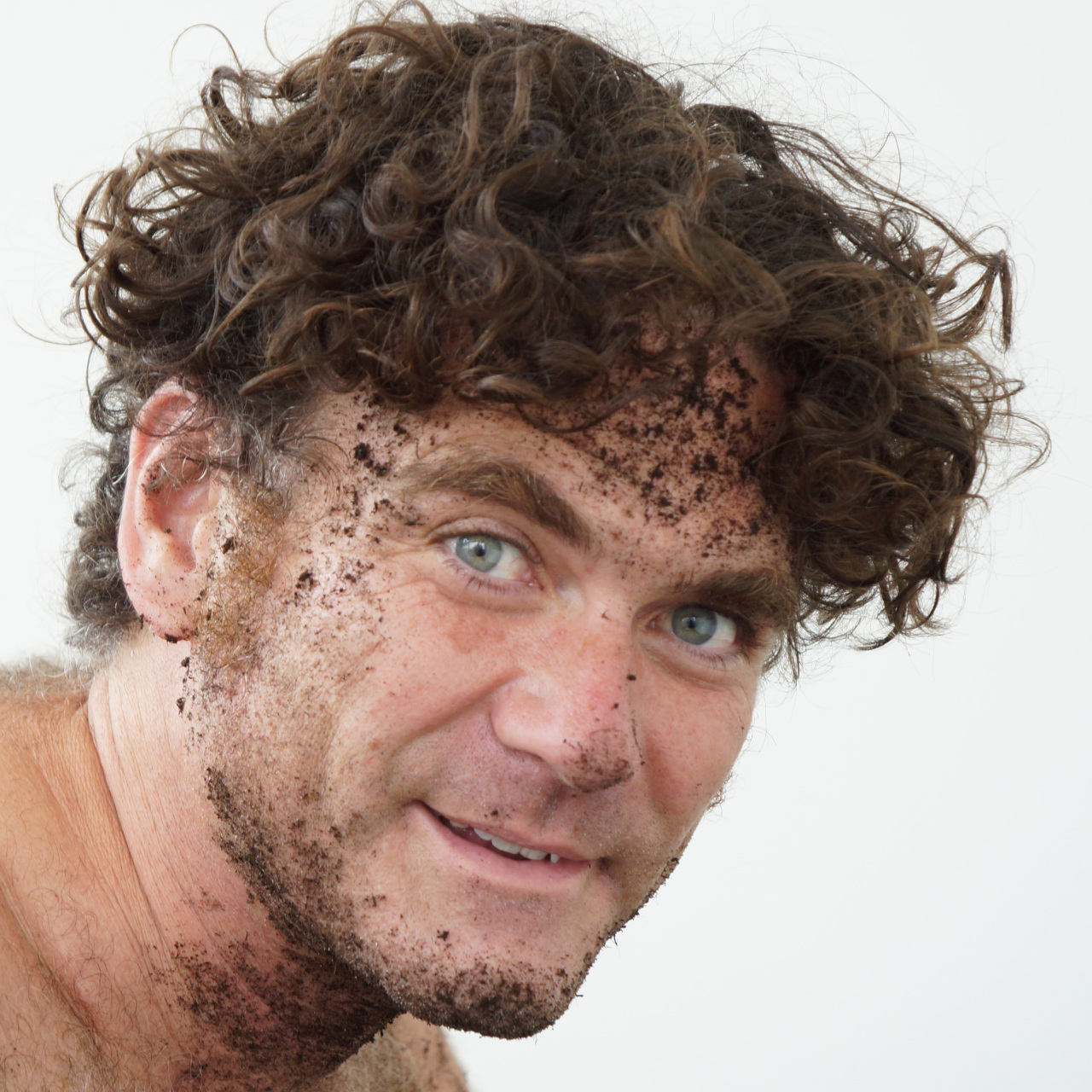
Walker Tufts - August 12 - 16
Walker Tufts make games and sculptures that examine human and more-than-human relationships, especially as they relate to dirt and land. Walker’s work explores the messy borders between science and storytelling and playfully situates human players in relation to others.
Walker’s work has been shown internationally including: MassMoCA, Den Frie Udstillingsbygning, VEGA Arts, Schuylkill Center for Environmental Education and Flux Factory. Walker has created commissioned works in Wales, Denmark, Germany, Russia and the United States. Walker received his BS in Art from James Madison University (Harrisonburg, VA, US) and an MFA at University at Buffalo. More at kosmologym.com, walkertufts.com, and dirtytime.us
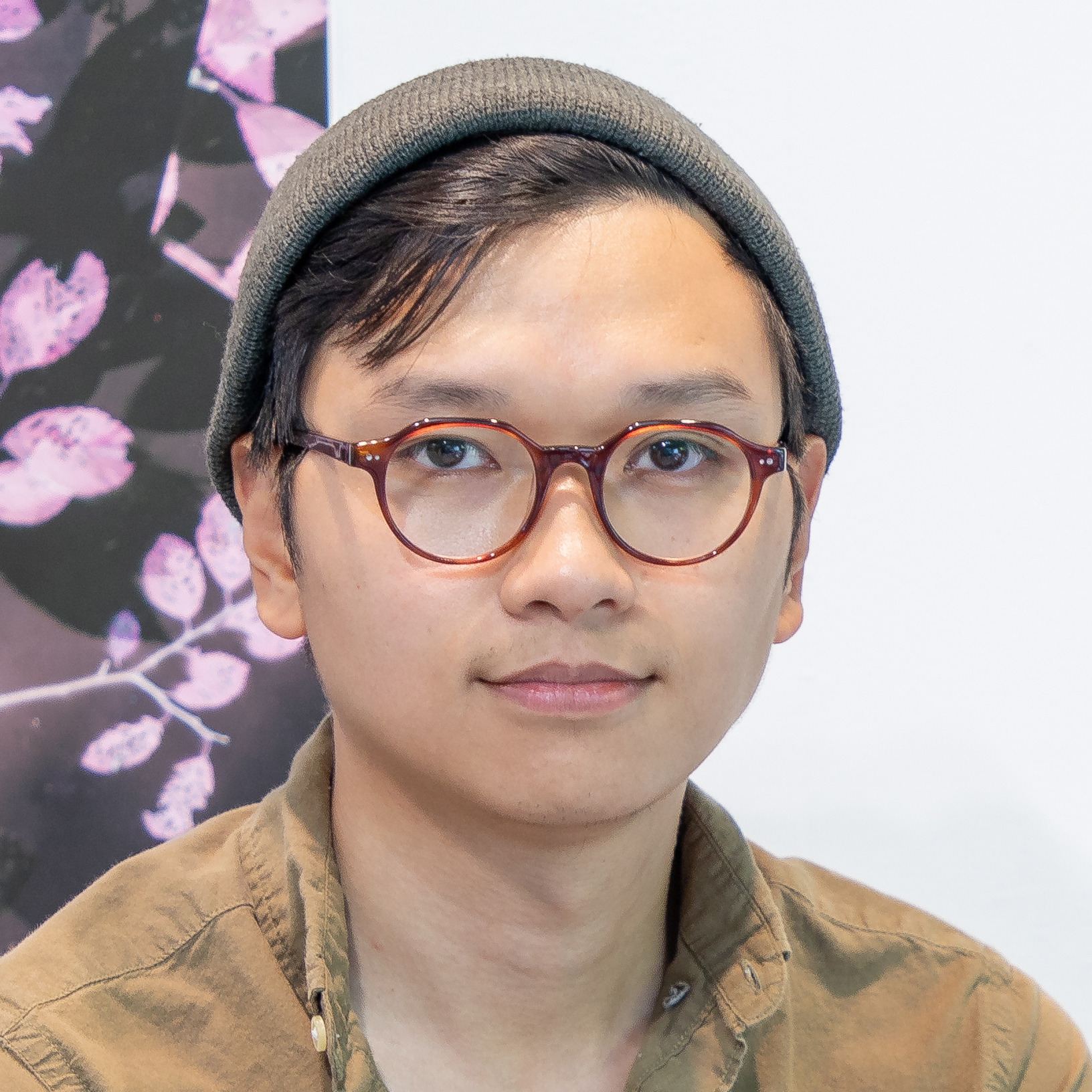
Duy Hoàng - August 19 - 23
Migrating from Vietnam to the U.S. at an early age, the overwhelming cultural and physical transitions demanded my intensive observation to comprehend the foreign habitat. Consequently, my practice evolved into a site-responsive process, focusing on our relationships to the surrounding minutia, in connection to the grander environment, while questioning our position within that spectrum. My work becomes an apparatus to dissect and translate the site, and often accumulate the surrounding information into a ‘nesting’ habitat, where I observe, investigate, and draw connections. This obsessive impulse questions the dynamics of ‘home/displacement’, ‘decay/growth’, ‘temporary/permanence’, in pursuit of a deeper understanding of our symbiotic relationships to the complex systems around us.
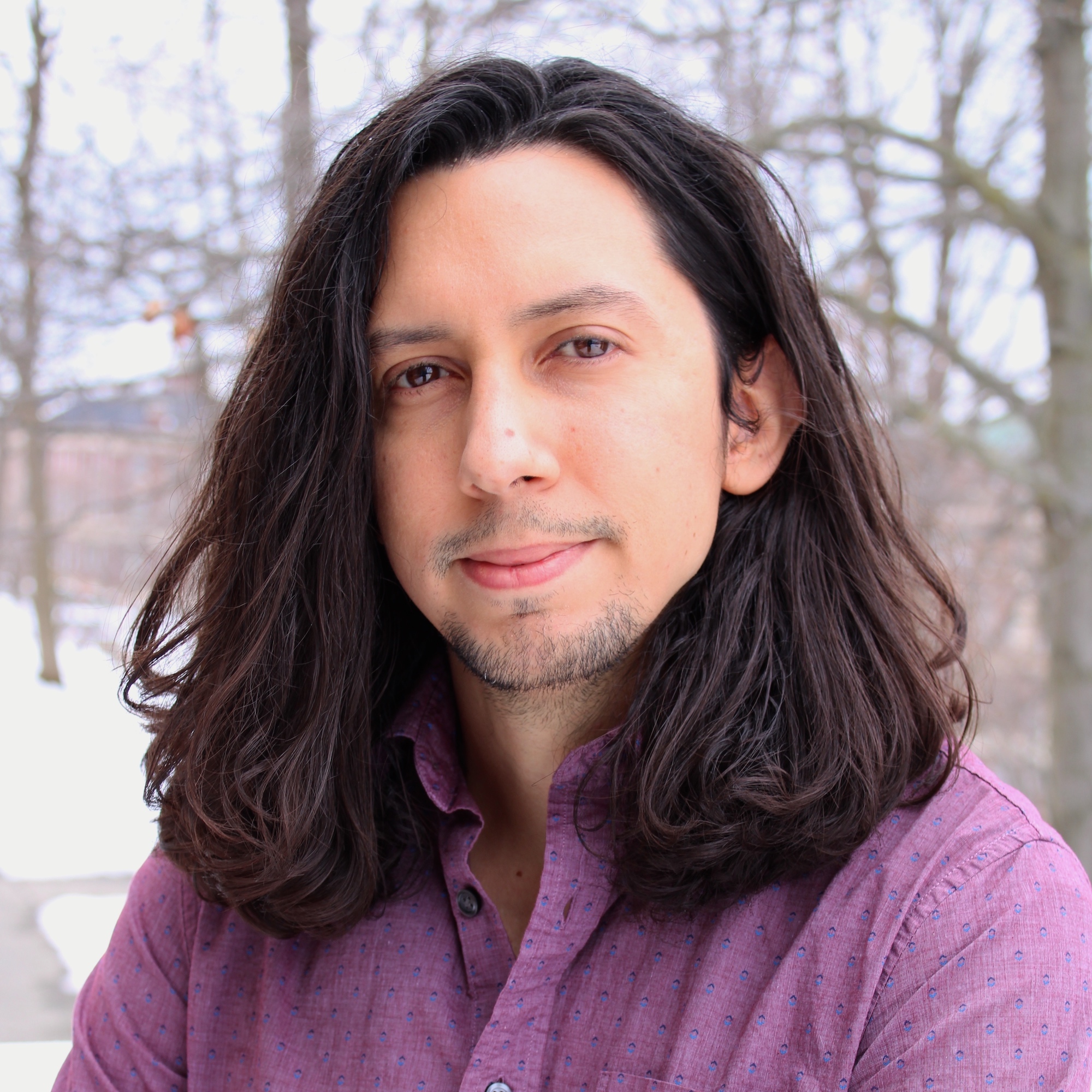
Aaron J. Juarez - August 26 - 30
I am an interdisciplinary artist-researcher who explores digital structures via experimental interactions to reach the unexpected. Valuing expressions and concepts across the spectrum, my artistic practice creates by synthesizing and remixing a diverse array of sources, which has resulted in a body of work that spans still imagery, video, 3D models, and live coding. My investigations engage “glitch serendipity” – in the act of alternative information seeking, I discover unique results through my idiosyncratic perspective as an artist-scientist. Furthermore, as a Mestizo, I often find beauty and connection with Earth, taking everyday moments of my photography and video recordings from sunsets, flowing rivers, and plant life, then defamiliarizing them to reveal hidden potentials in their phenomena. I achieve this through my artistic coding, which often challenges notions of functionality and subverts naturalized experience. In testing the limits of digital structures, I open space for sublime moments through the interplay of nature and technology speaking for themselves. Excited by the translational surprise in the digital-to-analog process, I seek to further develop my screenprinting experiments and push the limits of artifact resolution. Delving into this traditional medium from an unconventional view, I hope to uncover new dimensions of expression and bring innovation. Through the meticulous production of experimental stencils and layering of inks, I aim to problematize notions of reproducibility, blur agency in making, and activate co-creativity with machines and nature. The works will invite viewers to contemplate the beauty and encoded complexity of our digital age in tactile form.
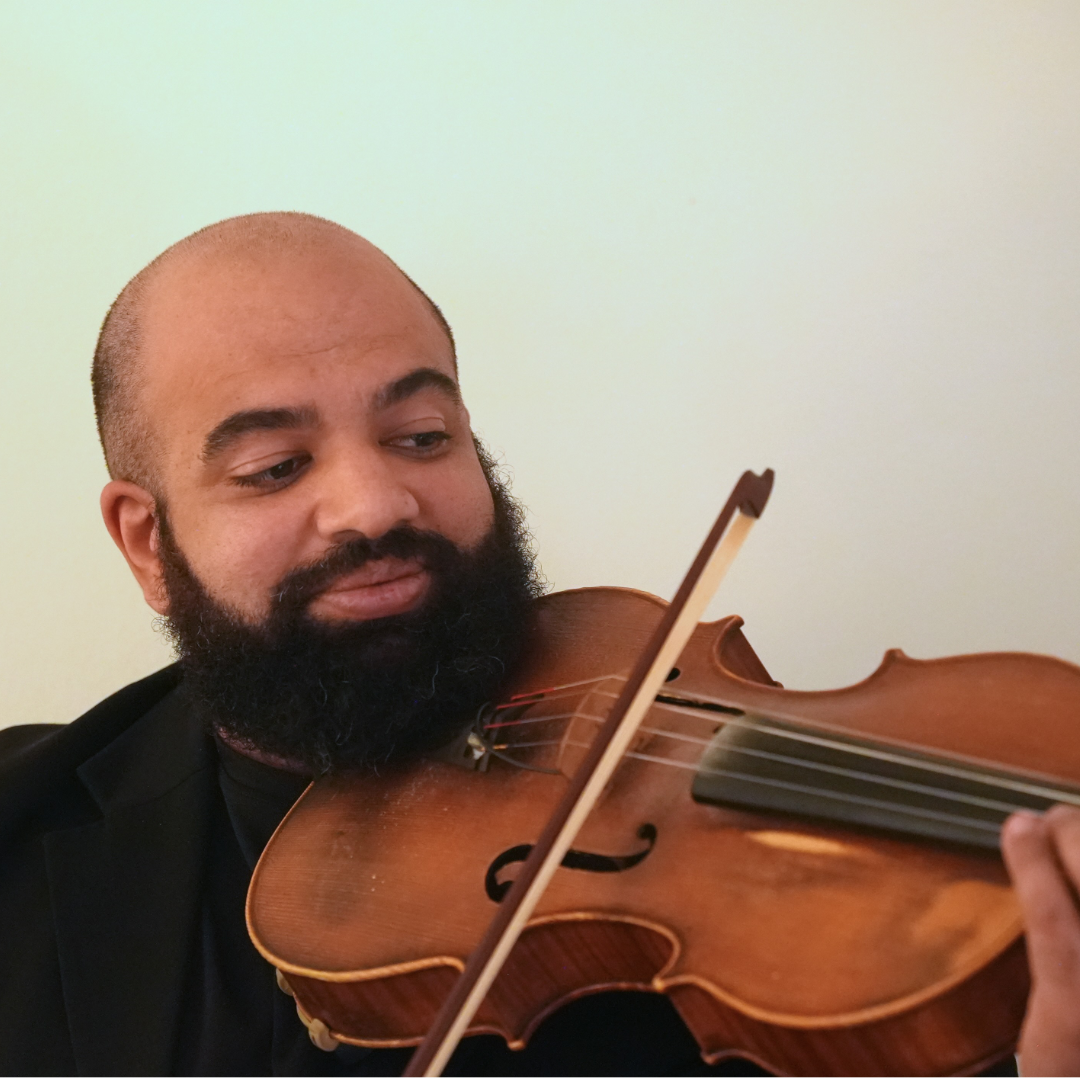
Trevor New - September 2 - 6
Trevor is a composer, classically trained Violist, and technologist that explores many contexts through music, visuals, and storytelling. His current projects are focused on exploring how we are connected, how we can make music and together, in-person or not, and how these connections can effect the time and space we see as separate. As the artistic director of Enjinn Arts he brings these opportunities into an educational setting through regular work with school music programs in the northeast United States and workshops connecting from around the world. Apart from writing for orchestra and smaller ensembles his work as a sound designer, engineer/producer, and performer can be found in a variety of media, including film scores, arranging, electronic music, TV. In a Timeout New York review of a recent production of the play “Your Hair Looked Great” his music was described as “Smartly Scored”. Trevor designs performances playing his viola, using electronics, looping and effects, and creating real-time synchronized multi-location networked performances with people around the world.

Rita MacDonald - September 9 - 13
Rita MacDonald is a visual artist who makes detailed pencil drawings on paper and large site-responsive wall works from paint and plaster. Her work focuses on exploring the experience of place through its relationship to perception and visual association.
Her work has been exhibited widely, including at Smack Mellon, Wave Hill, The New York Studio School, The International Print Center, The Hyde Collection, 808 Gallery at Boston University, SUNY Ulster, Albany Center Gallery, and The John Michael Kohler Arts Center, among others. She’s completed several public art commissions including two permanent mosaics for subway stations in Brooklyn for the MTA Arts & Design Program and has recently completed a large site-specific project in Manhattan for Google’s Artist in Residence Program.
Rita holds a BFA from Rhode Island School of Design and a MFA from School of Visual Arts. She currently lives and works in Olivebridge, NY.
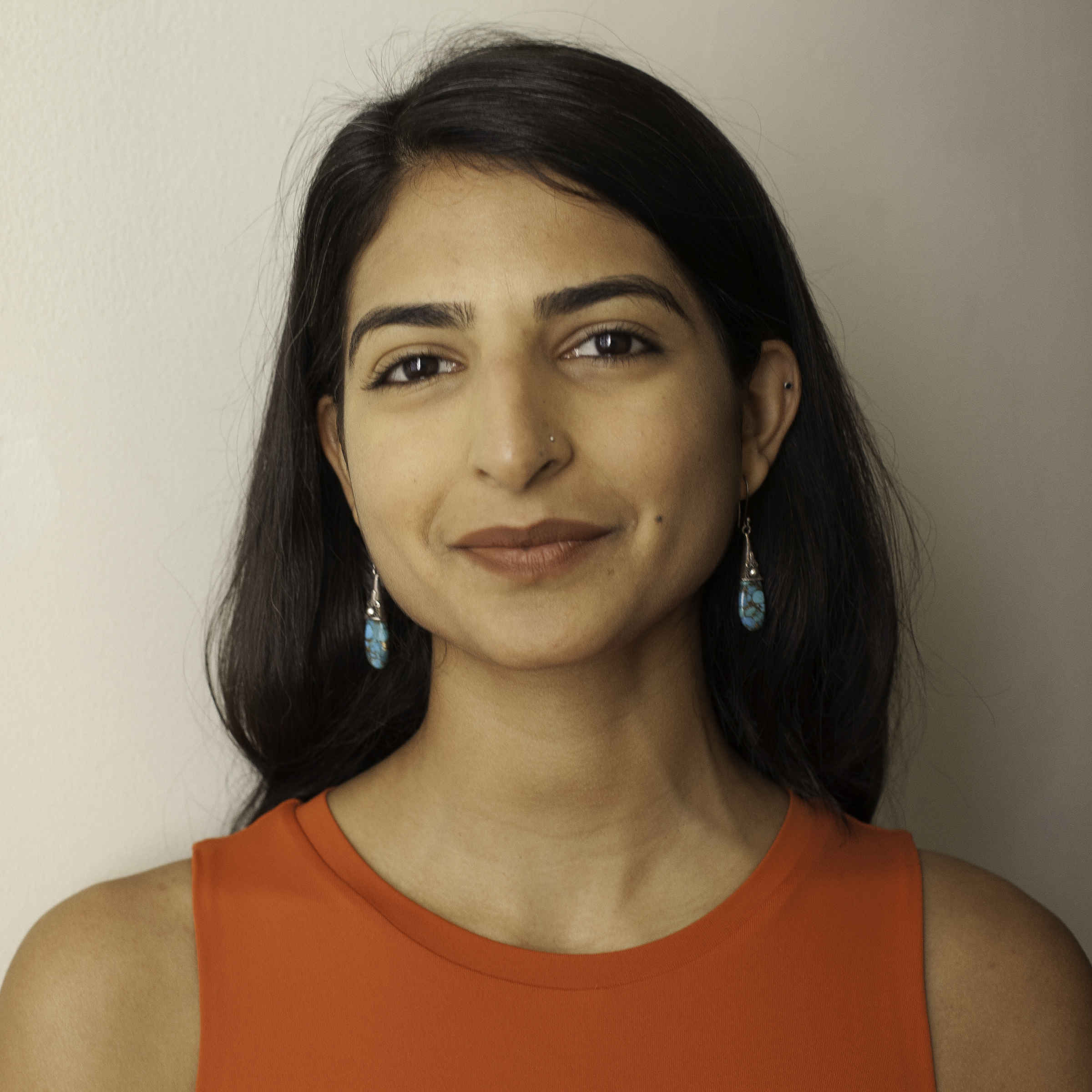
Farah Mohammad - September 16 - 20
Farah Mohammad (b. 1993, Karachi, Pakistan) is a printmaker, installation artist, and educator based in NYC. Some of her most recent works have been monotypes, sculptural woodcut prints, and etchings of architectural structures that symbolize resilience. Her process of creating prints, where she breaks images down into shapes around which she builds the main subject, enables her to take an emotional inventory of their personal symbolism.
Through printmaking Mohammad combines anthropological research with her fascination with urban architecture. She draws inspiration from images she captures of spaces undergoing change. Through her work she creates a visual reality for herself, where her past and present, her Pakistani and her American identities can all coexist.
Mohammad received her BA from Bennington College and her MFA from Columbia University. Her exhibition highlights include a solo exhibition at Nyama Fine Art, New York, and group exhibitions at the Moss Art Center, Blacksburg, VA; Print Center New York (PCNY), Half Gallery, EFA’s Blackburn 20|20 Gallery, The Jewish Museum, ChaShaMa, Field Projects, and Local Project Art Space, all in New York. She was the Artist in Residence at the Cornerstone Studios (2022-2023) and was also the recipient of the LMCC Arts Center Residency (2023) the Keyholder Residency at LESP (2021-2022), the EFA Blackburn Print Excellence Award (2021), and the Lucas T. Carlson Grant at Columbia University (2020). Most recently Mohammad was awarded the NYSCA/NYFA Artist Printmaking Fellowship (2023) and the MacDowell Fellowship, NH (Summer 2024). Mohammad’s work is in the permanent collection at the Baltimore Museum of Art.
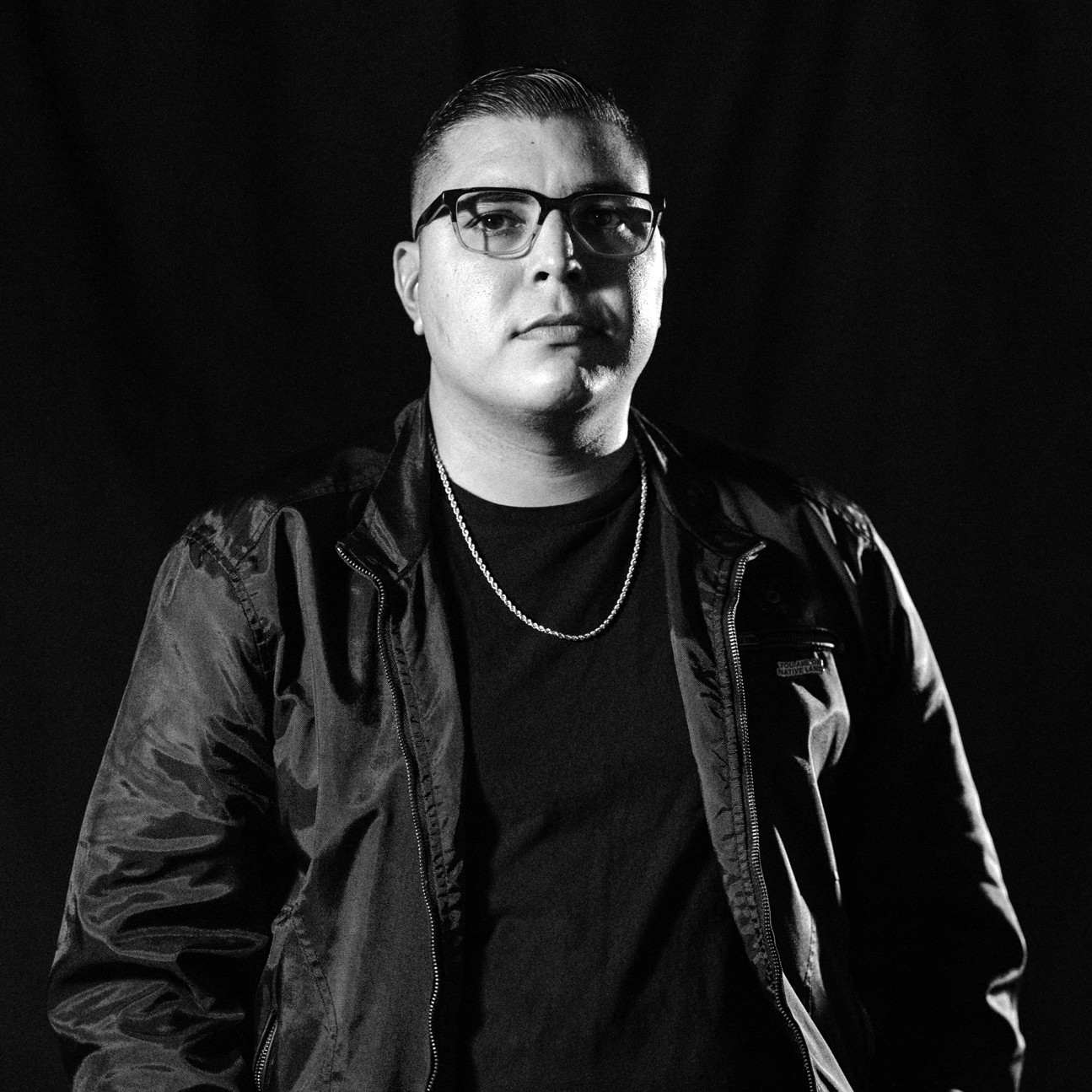
Ernesto Yerena - September 23 - 27
Ernesto Yerena Montejano was born in El Centro, CA, a mid- sized farming town bordering Mexicali, BC, MX. Fueled by his cross-national upbringing, his art practice reflects his observations of the views and interactions between the Mexican communities living on both sides of the U.S.-Mexico border. The artist shares narratives of his conflicts of identity that he feels are kindred to what many Chicanos of these communities experience. Although Yerena identifies as Chicano he also strongly identifies as Indigenous to this continent which is often seen in his work. His work depicts his frustrations with the oppression in his community as well as creating work in solidarity with the community in the defense of dignity and rights. Through his brazen imagery, the artist brings political concerns to light with subject matter that depicts cultural icons, rebels and everyday people voicing their stance against oppression. In 2008 Yerena created the Hecho Con Ganas publishing project in which he produces politically and socially conscience images that are produced in limited edition silkscreen prints. Highly recognized for his activism, Yerena is the founder and curator of the Alto Arizona Art campaign (2010) as well as a founding member of the We Are Human campaign (2009). In 2017 Yerena worked on the iconic “We The Resilient” image for the We The People Campaign. Yerena has collaborated on many thought provoking projects which include artists Zack de la Rocha, Shepard Fairey, Manu Chao, Ana Tijoux to name a few.
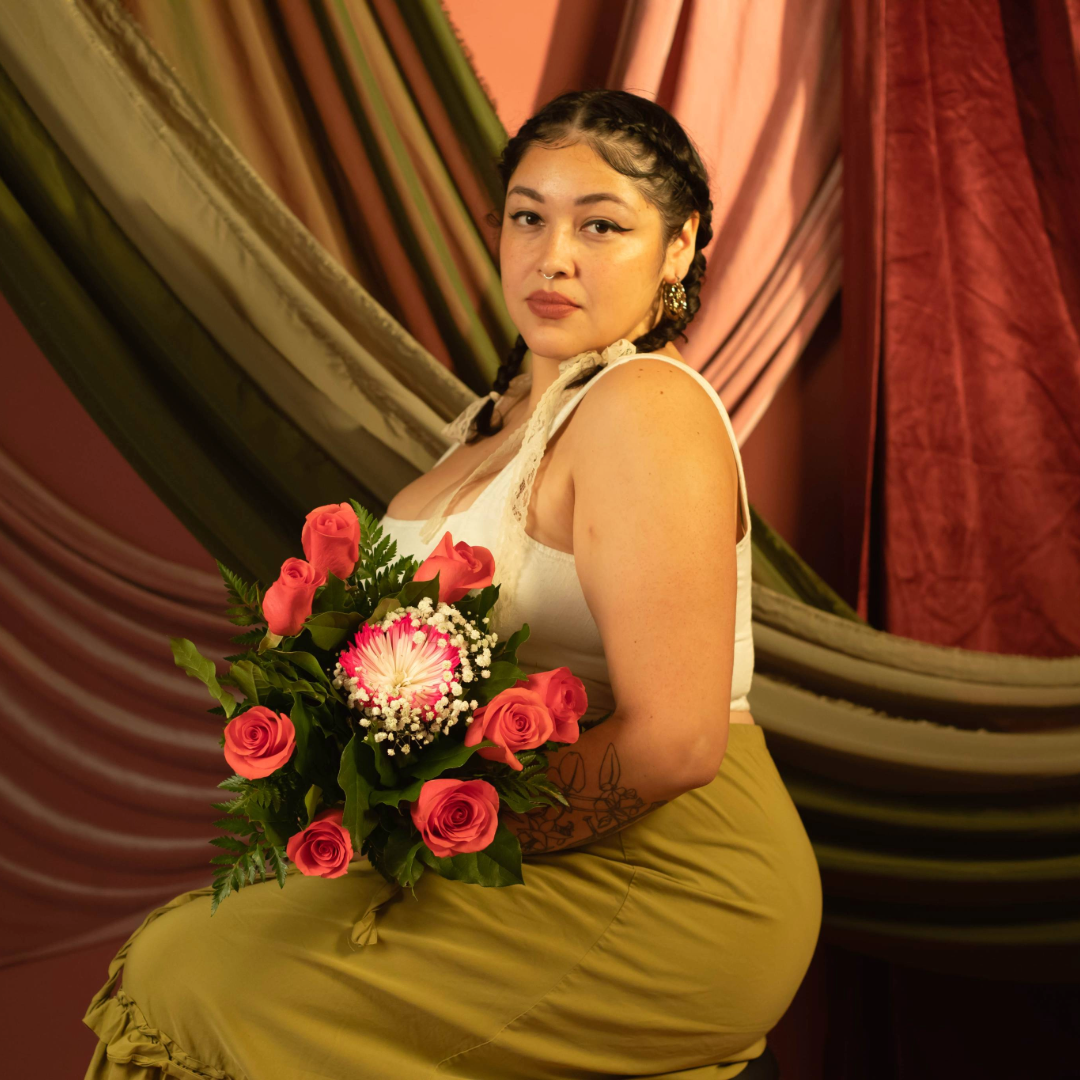
Mercedes Zapata - September 23 - 27
Mercedes Zapata is portrait photographer whose work challenges notions of respectability politics regarding sexuality, gender, and ethnicity through imaginative imagery. Her photography is abundant in color, luxurious in texture, full of wonder, expressive and memorable. Zapata aims to expand representation of marginalized communities by celebrating the people in front of her camera in a manner that is authentic to them. Zapata lives and works in Los Angeles, and stays rooted in the Southwest Side of Chicago. Her work has been seen in Poets & Writers Magazine, NYLON, ESSENCE, Pitchfork, Interview Magazine, Spotify, Bustle, The Lily, Chicago Reader, Chicago Red Eye, and in numerous publications.
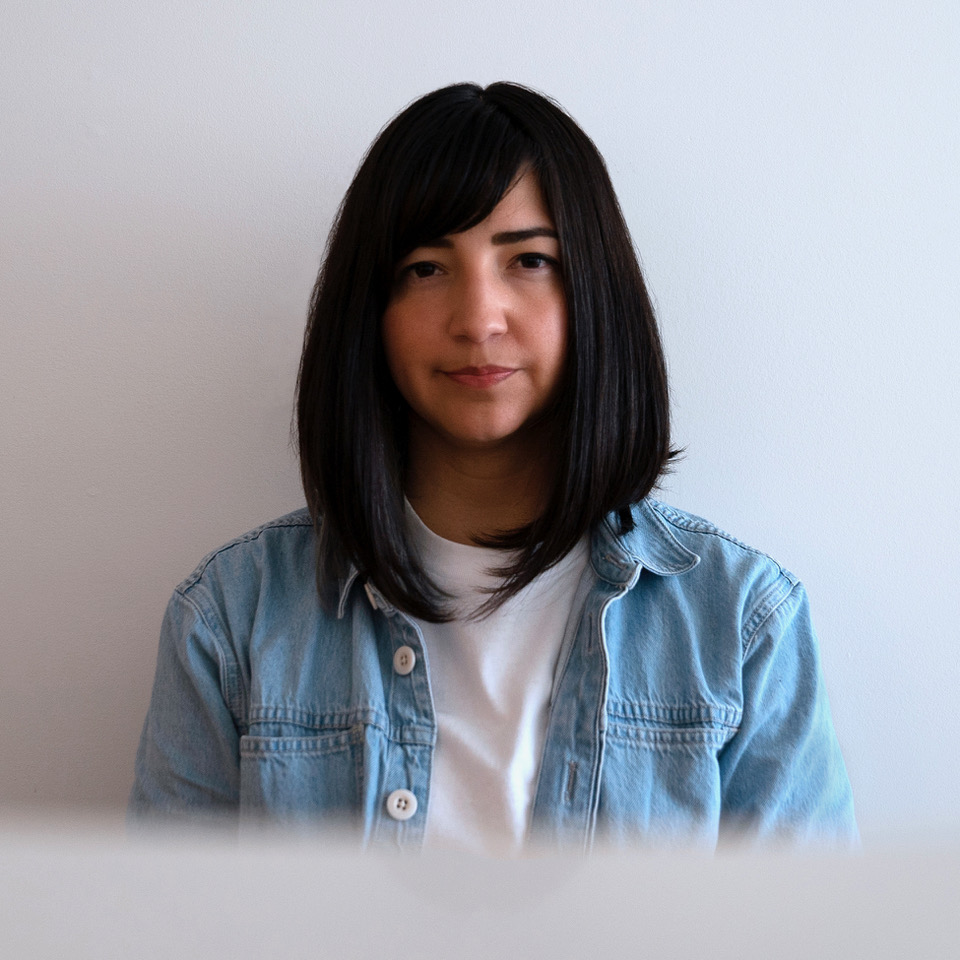
Lindsay Buchman - September 30 - October 4
Lindsay Buchman is an interdisciplinary artist, writer, and publisher living and working in Hudson, NY. Her work explores image-making and writing through print and lens-based media, artist books, and installation. Pivoting between text and image, she is primarily concerned with the intersections of language, intersubjectivity, and site to puncture a sense of concrete time and space—both cognitive and embodied. Buchman holds an MFA from the University of Pennsylvania and a BFA from California State University Long Beach. Exhibitions of her work include the LA Art Book Fair at The Geffen Contemporary, MOCA; New York Art Book Fair, MoMA PS1; Tokyo Art Book Fair, Museum of Contemporary Art Tokyo; SPRINT Milano, Spazio Maiocchi; and TILT Institute for the Contemporary Image. She has participated in artist talks and panels at the School of the Art Institute of Chicago, the Institute of Contemporary Art Philadelphia, and the International Center of Photography. Her work is included in the Rare Book Manuscript & Library at the University of Pennsylvania, the Amon Carter Museum of American Art, the New York Public Library, and SFMOMA. She is a recipient of the Toby Devan Lewis Fellowship and the Flaherty Fellowship, and her work has been featured in Hyperallergic and The Hopper Prize Journal. Buchman is a 2023-24 Keyholder Resident at the Lower East Side Printshop and a Visiting Artist-in-Residence at Skidmore College. As an extension of her practice, she runs an independent artists’ books and publications project, Seaton Street Press, to collaborate with artists through publishing and distribution.
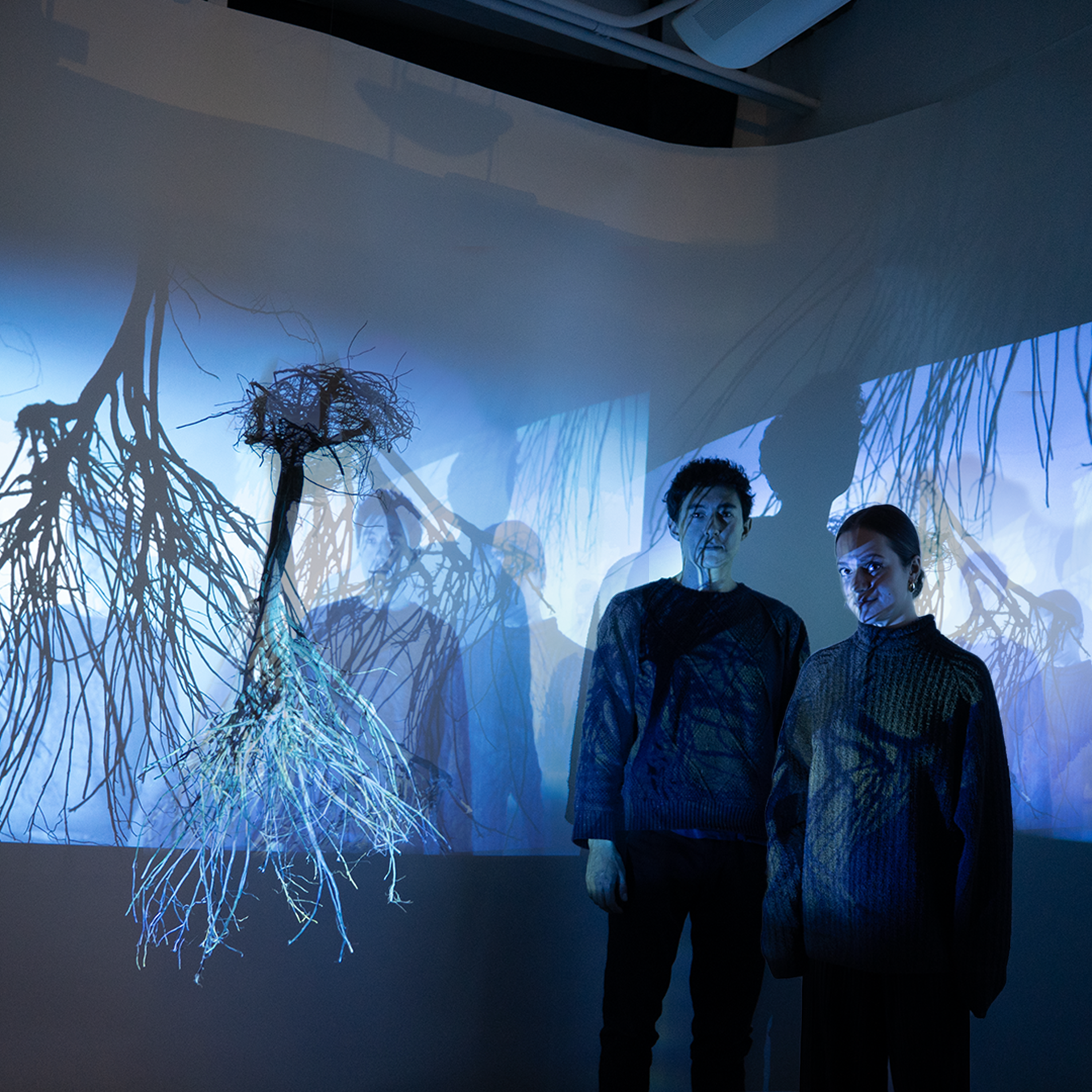
Jessica Reisch & Tyson Houseman - October 7 - 11
We are a co-artist duo that practices at the intersection of new media and bioart. Tyson Houseman is an Indigenous (Nehiyaw/Plains Cree) interdisciplinary video artist, puppeteer, and filmmaker, and Jessica Reisch is a creative technologist, motion designer, and educator. Tyson’s practice focuses on aspects of contemporary Indigeneity, and the intersections between live video performance and time-based media, while Jessica works in collaboration with biological rhythms and ecosystems, focusing primarily on fungal life.
Our collaborative, research-based art practice aims to recontextualize human-centric perspectives as embedded within a broader and more inclusive multispecies framework in response to a rapidly shifting global climate. Our work is guided by a sustainable and land-informed practice that draws from Houseman’s Indigenous Nehiyaw background and teachings, employing methodologies of reciprocation and exchange between humans and place-based ecologies and utilizing sustainable artmaking and technology practices.
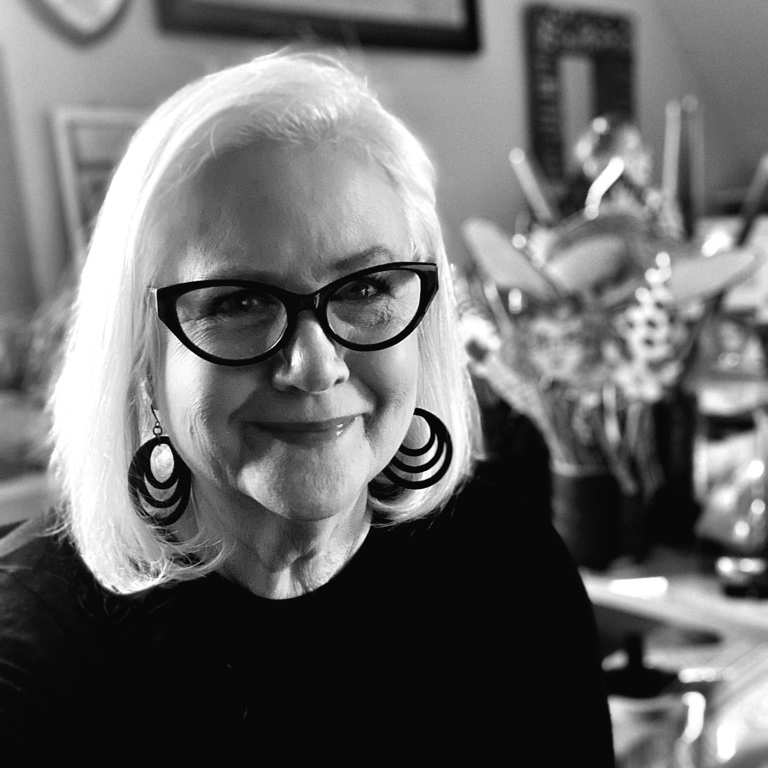
Kathryn Polk - October 14 - 25
Kathryn Polk, (b.1952, Memphis, Tennessee) is a southern-born artist whose personal life has been a major influence on her body of work. With her love of drawing, she makes daily entries into her sketchbook to help develop figurative imagery and narrative content that investigates the various paths of women’s lives.
She studied Fine Art at the Memphis Academy of Art and The University of Memphis. In 2002, she began working with traditional stone lithography. Polk’s lithographs can be found in permanent print collections throughout the world such as Bibliothèque Nationale de France, Sado Print Museum (Japan), The Museum of Fine Arts (Boston), The National Academy of Fine Arts (Hangzhou, China), The University of Auckland (New Zealand), Yonsei University Wonju Campus (Korea), The University of Wales (UK). Pont Aven School of Contemporary Art (France), The Denver Art Museum (Colorado), The University of Arizona Museum of Art, The University of California-Davis/Gorman Museum, Proyecto ‘Ace (Buenos Aires, Argentina), Prints & Photographs Division/Library of Congress (Washington, DC), Janet Turner Print Museum (Chico), Jules Heller Print Study Room/Arizona State University Art Museum, The Block Museum/Northwestern University, Spencer Collection/The New York Public Library.
Kathryn Polk is co-owner of L VIS Press, a print studio dedicated to the development of stone lithography techniques as well as other printmaking practices. L VIS Press recently relocated from Arizona to Indiana.
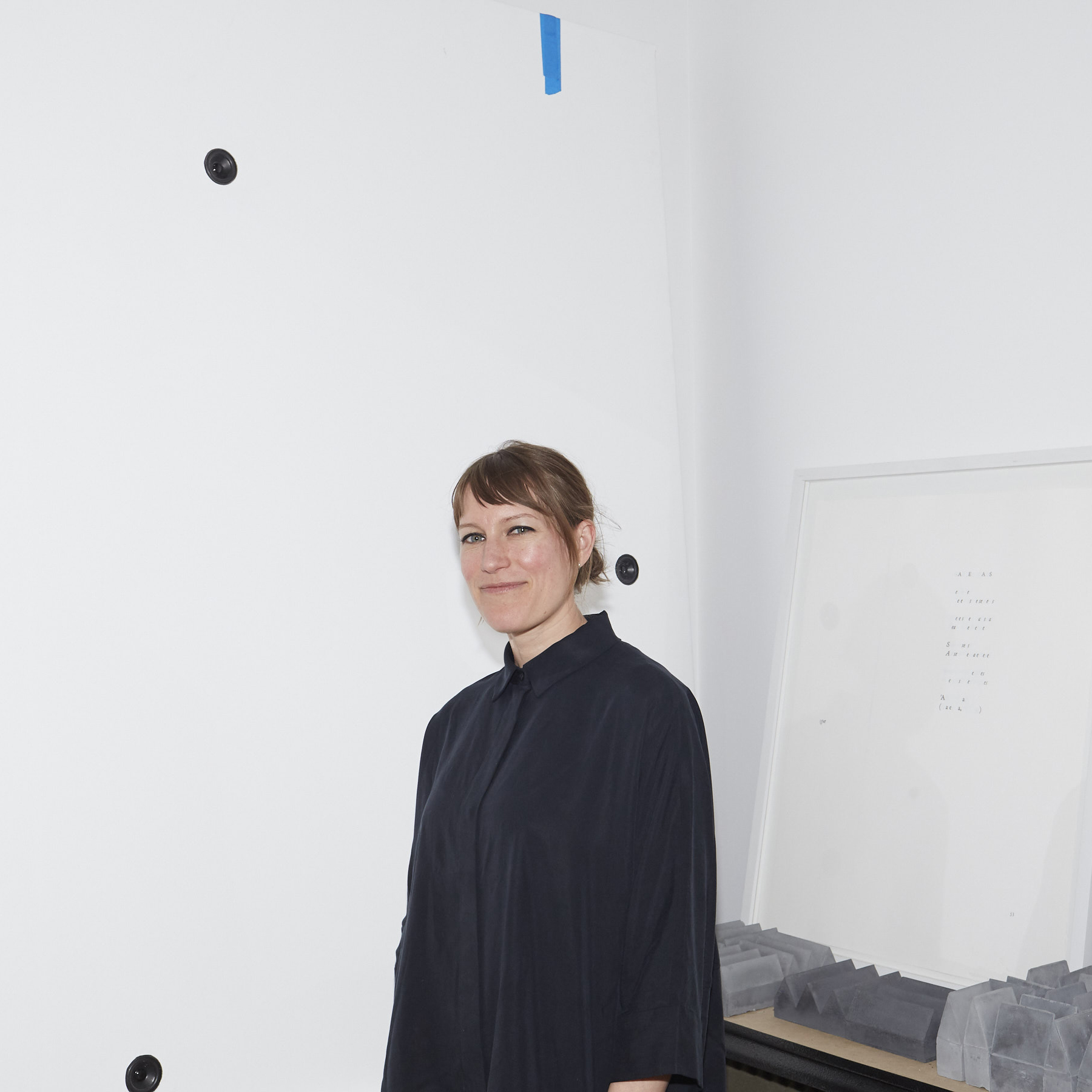
Audra Wolowiec - November 11 - 15
Audra Wolowiec is an interdisciplinary artist whose work oscillates between installation, print, sculpture and performance with an emphasis on sound and the material qualities of language. She is interested in how sound can create spaces of listening and connection. Her work has been shown internationally and in the United States at MASS MoCA, CCS Bard Hessel Museum, ICA at MECA (Maine College of Art), Print Center New York, and Art in General. Interviews and reviews have appeared in Artforum, BOMB Magazine, The New York Times, The Brooklyn Rail, and Sound American. Residencies include Bemis Center for Contemporary Art, Complex Systems Art and Physics Residency at the University of Oregon supported by a National Science Foundation Grant, Dieu Donné, Center for Book Arts, and a fellowship at the New York Public Library’s Picture Collection. Wolowiec currently teaches at Parsons School of Design and directs the publishing platform Gravel Projects.
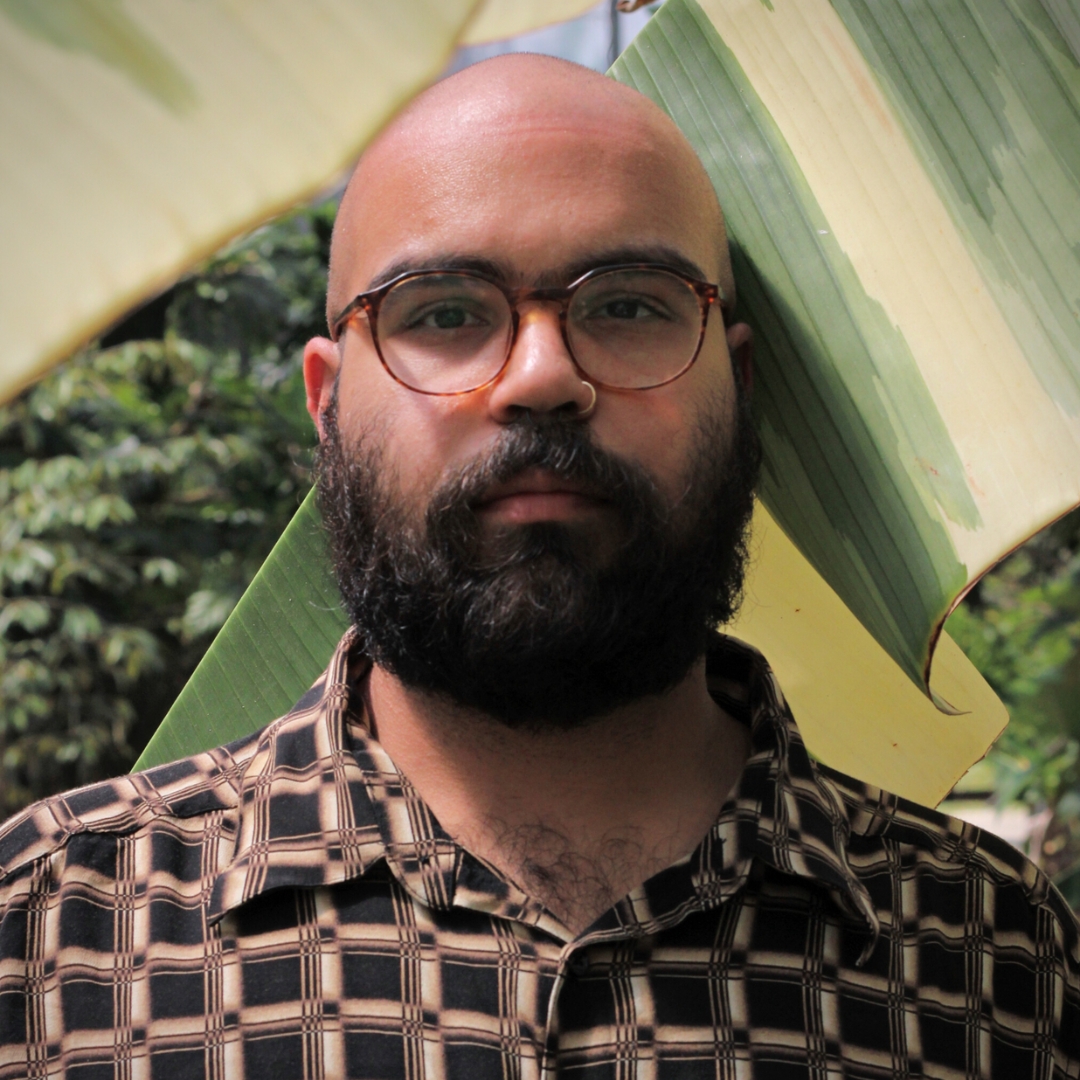
Jacoub Reyes - November 18 - 22
I excavate my individual and ancestral biographies to unearth my cultural heritage. My layered identity invites me to see taxonomy as a system that requires decolonization. My mother is a first-generation Catholic Caribbean; my father is Muslim and a South Asian immigrant. My mom moved us from the industrial inner-city of the North to the expansive suburbia of the South, just as the war on Iraq gave way to a new wave of racism and Islamophobia. Later, I began to name the societal pressures that led to the self-removal of large parts of my racial and ethnic tapestry that reduced my proximity to whiteness. Much of my work synthesizes this research and uses the body metaphorically to symbolize complex internal emotions associated with the colonial and diasporic experience.
I am invested in dismantling the boundaries between oral history, academia, personal stories, and ancestral trauma; instead, I see these as essential parts of a complete narrative. I aim to redefine the trauma responses of fight, flight, freeze, and fawn as instruments of colonization. Primarily, my work focuses on re-contextualizing Caribbean art through a diasporic lens.
I challenge the contemporary communication of the mixed-race or multi-cultural experience. Mixed cultural identity is not relegated to a hyphenated background; but rather a sum of all parts that are interdependent and foundational. The faceless figures of invasive and native plants examine the multiplicity of colonization. Displaying native and invasive plants in various tensions and settings upheaves how we see and experience race, class, and ability. My process to create these works involves finding materials, making tools, and printing without a press or traditional technologies. I work within a space deeply grounded in tradition but flourishes only due to innovation and creativity.
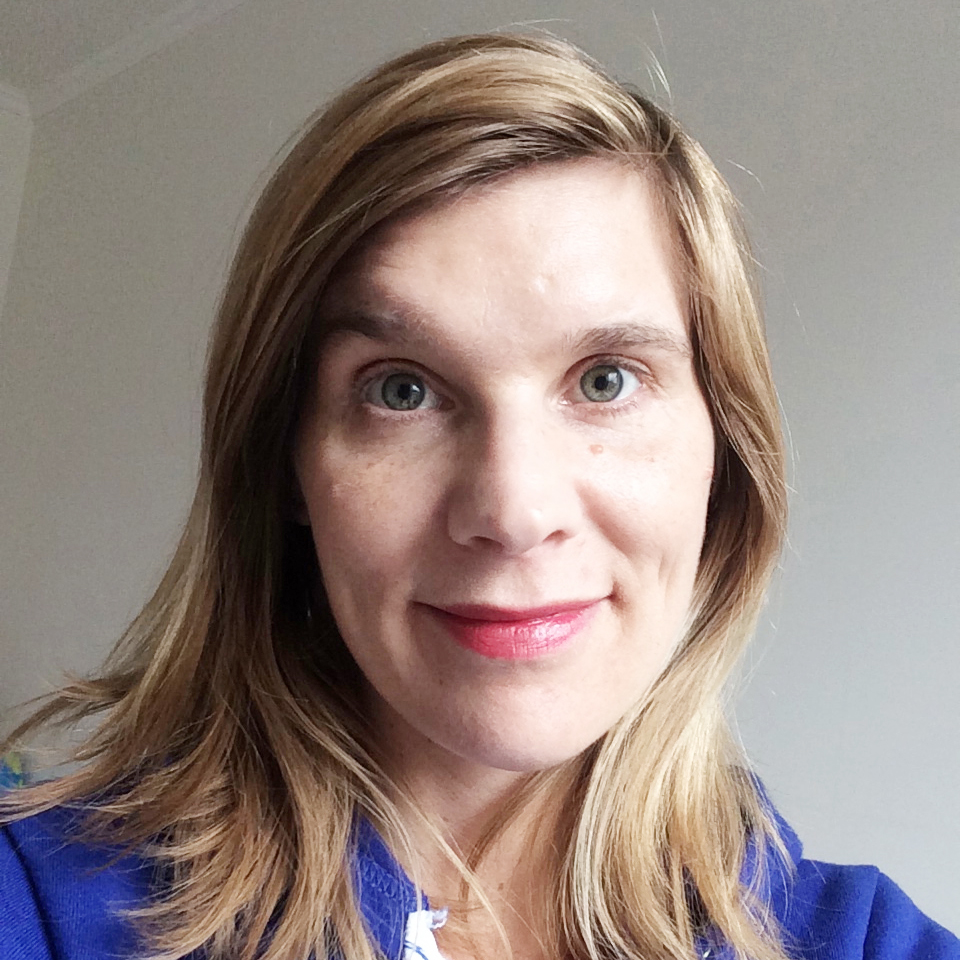
Jennifer Schmidt -December 2 - 6
I am a multi-disciplinary artist, who works with print media, graphic design, writing, and sound to create site-specific installations, video, and performances that question the role of visual iconography and repetitive actions within a given environment.
My creative projects draw on the use of repeat patterning and aural/visual sampling as a means to create graphic images, while studying human behavior and modes of reasoning. Through my use of materials and process, I often employ “repetition” as an ideological concept. In this way, I am interested in ideas of abstraction: as it relates to form and the distillation of meaning within a system, mode or sample.
In my most recent work, I use the language of self-published multiples to explore ideas of authorship and assertion related to “sourcing” a historical subject. This involves a re-working of text, use of particular technology/equipment, the activation of process as idea, and the revisiting and occupation of a particular site. The presentation and format of the project often relates to the subject in question, and how it adapts with time.
